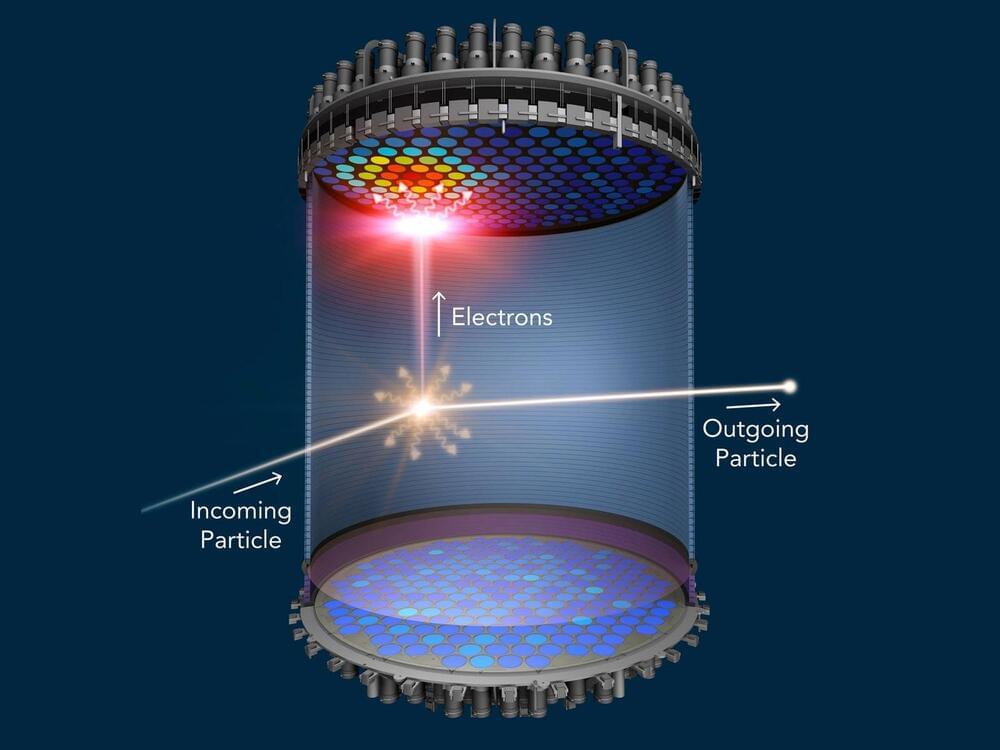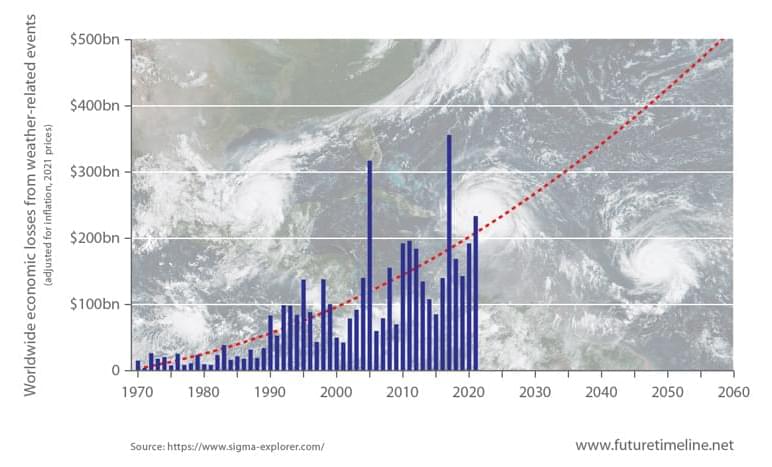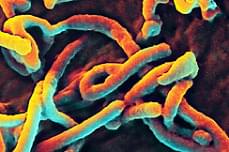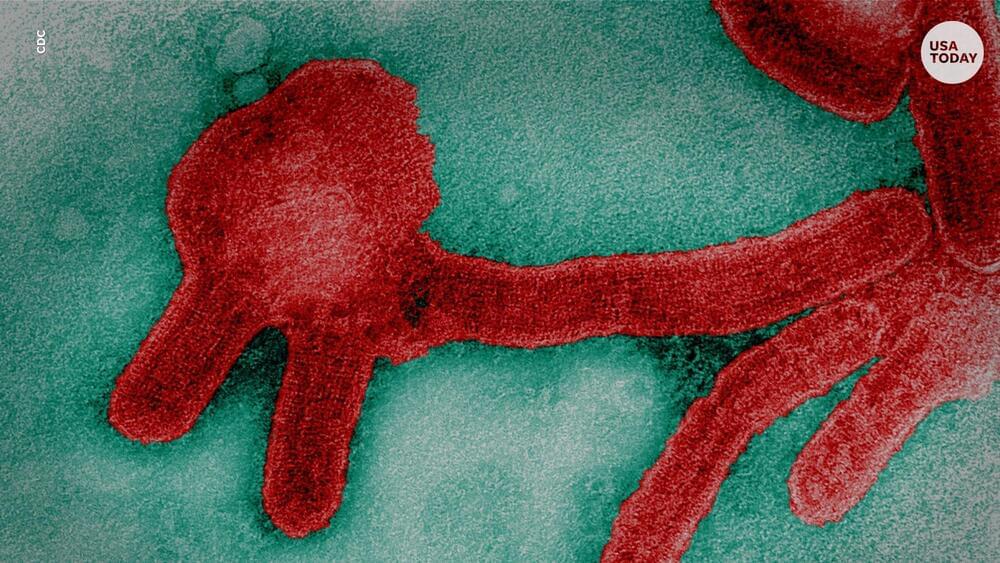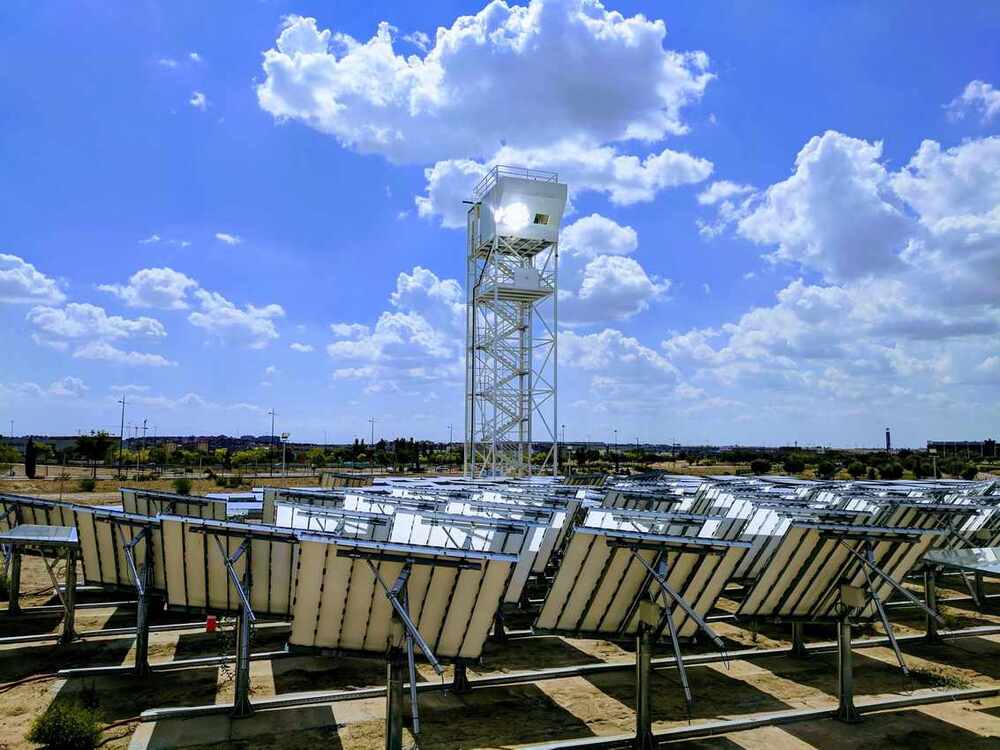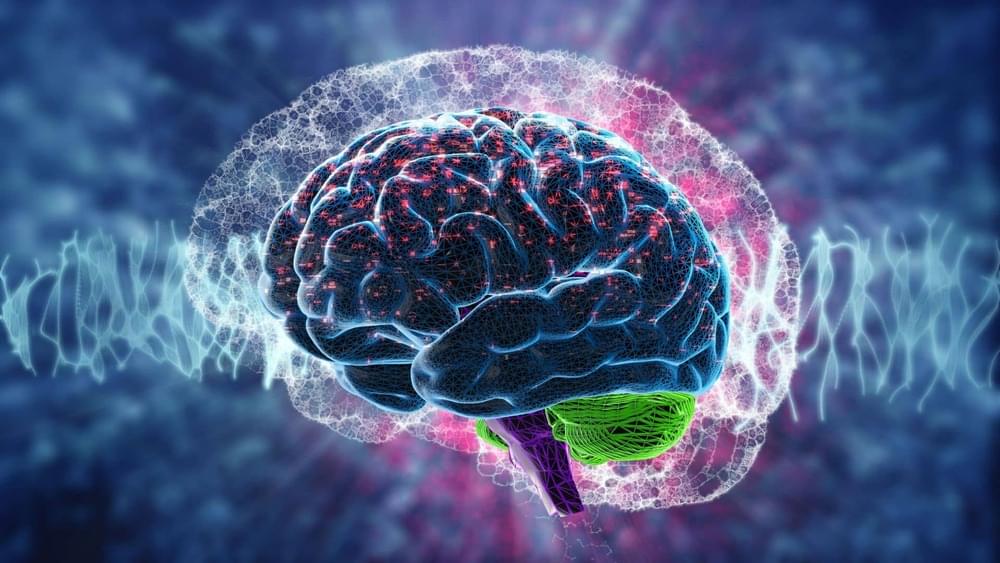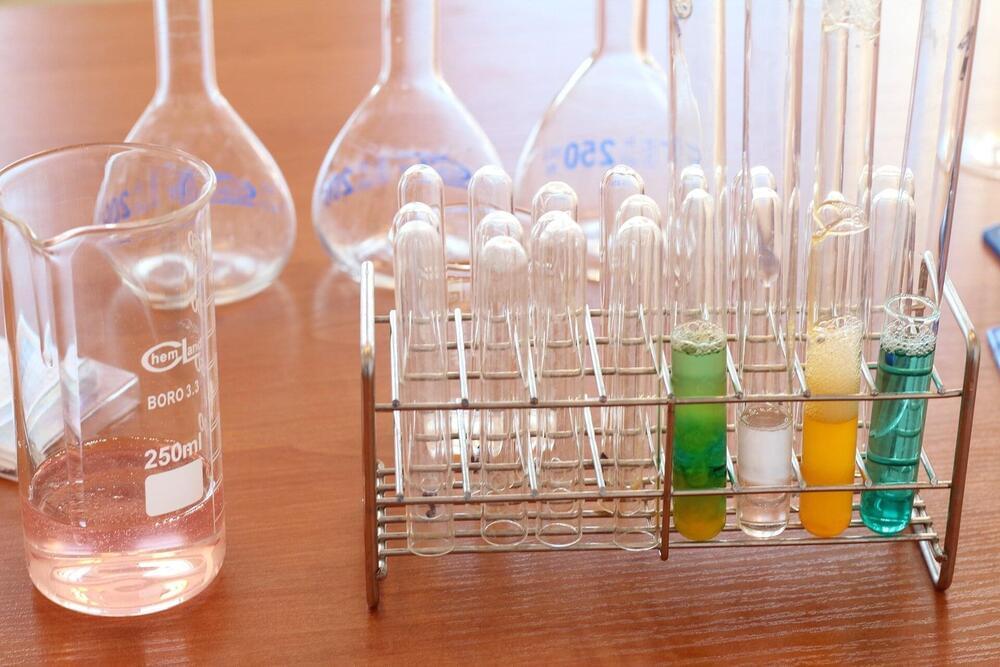Jul 29, 2022
Success! First Results From World’s Most Sensitive Dark Matter Detector
Posted by Dan Breeden in categories: cosmology, innovation
Berkeley Lab Researchers Record Successful Startup of LUX-ZEPLIN Dark Matter Detector at Sanford Underground Research Facility
An innovative and uniquely sensitive dark matter detector – the LUX-ZEPLIN (LZ) experiment – has passed a check-out phase of startup operations and delivered first results. LZ is located deep below the Black Hills of South Dakota in the Sanford Underground Research Facility (SURF) and is led by the DOE’s Lawrence Berkeley National Laboratory (Berkeley Lab).
The take-home message from this successful startup: “We’re ready and everything’s looking good,” said Berkeley Lab senior physicist and past LZ spokesperson Kevin Lesko. “It’s a complex detector with many parts to it and they are all functioning well within expectations,” he said.
